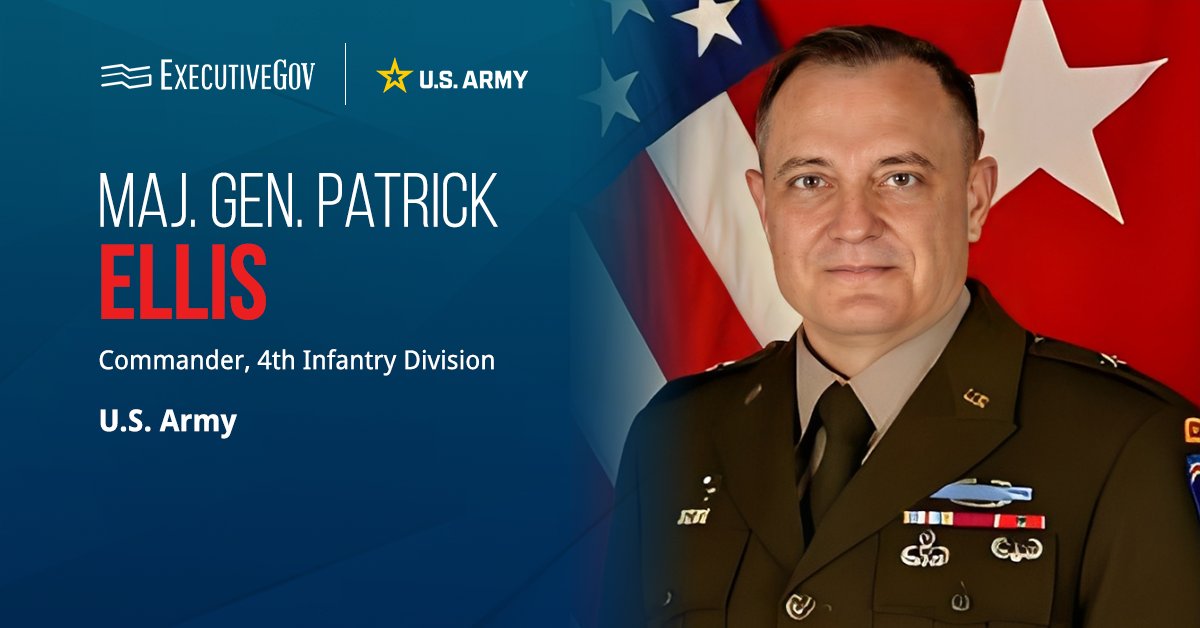The U.S. Army is testing artificial intelligence-aided target recognition as part of its Next Generation Command and Control, or NGC2, prototype, a move aimed at speeding up decision-making and fire missions on the battlefield, Breaking Defense reported Thursday.
“We’re using the aided target recognition capability that we’ve built out to say, ‘That’s a tank.’ We spent the last week training the AI models to recognize what we would call hulks out in the impact area — old vehicles that we shoot at — and we’re training [it to say] ‘That thing, I think that’s the tank,’” Maj. Gen. Patrick Ellis, commander of the 4th Infantry Division, told reporters Wednesday. “Now it identifies that as a tank, which generates the fire mission. The complexity has continued to grow.”
According to Ellis, the AI performs well on single targets but future tests will focus on identifying multiple threats simultaneously.
Table of Contents
How Does Ivy Sting Test AI-Aided Target Recognition?
The AI system is being tested in Ivy Sting 2, the second in a series of exercises designed to scale NGC2 prototypes from battalion to division-level operations.
Ivy Sting 2 adds six distributed command-and-control nodes, multiple artillery guns and networked operations to simulate complex battlefield conditions.
Ellis expressed excitement with the second increment of Ivy Sting, noting that the 4th Infantry Division is conducting battle rhythm events in a more distributed way.
“The ones I sat in on Monday were way different than the ones I sat in today and we’re continuing to get better every time,” the major general said.
What’s Next for Ivy Sting 3?
The next iteration, Ivy Sting 3, will expand to a full battery and add eight more nodes. It will also address airspace deconfliction challenges.
“The goal in the division is not to just optimize the way we were already organized with new technology. It’s actually use this technology in a fundamentally different way,” Ellis said. “What we’re going to walk away with … is how do we employ this new technology in a way, how can we change our operational approach to embrace the new technology, not necessarily take the new technology and just optimize the way that we’ve always done things?”





